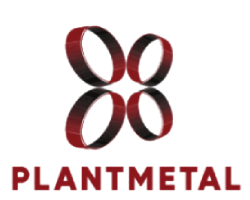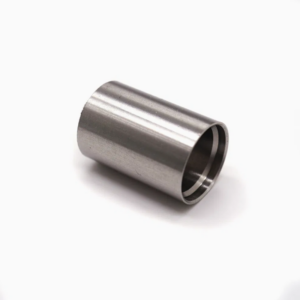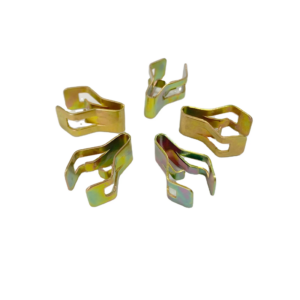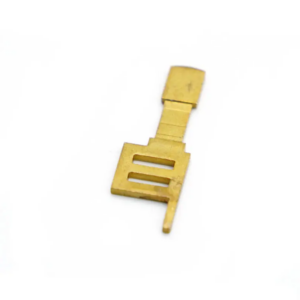In the world of precision manufacturing, stamping plays a pivotal role in the production of high-quality metal parts for a wide range of industries. Whether it’s for automotive, electronics, or consumer goods, stamped components made from materials like slit coil steel, copper, and brass are essential for the assembly of many products. To achieve these precision components, manufacturers rely on specialized stamping machines, each tailored to meet specific production requirements.
Among the most commonly used stamping techniques are progressive die stamping and multi-slide stamping. While both methods are designed to transform raw metal into finished parts, each has its own distinct characteristics, advantages, and limitations. Understanding these differences is essential for selecting the most suitable stamping process for your project.
What is Прогрессивная штамповка.?
Progressive die stamping is a high-efficiency process that involves a series of operations performed on a single metal strip as it progresses through a sequence of die stations. Each station in the die press performs a specific operation—such as cutting, bending, punching, or coining—until the part is fully formed. This process is ideal for large-scale production runs, where precision and speed are critical.
The process begins by feeding a metal strip (typically from a slit coil) into the first die station, where an initial operation is performed. As the metal strip moves through the successive stations, additional operations are carried out until the final part emerges. Depending on the part design, this multi-step process can involve anywhere from a few steps to several dozen.
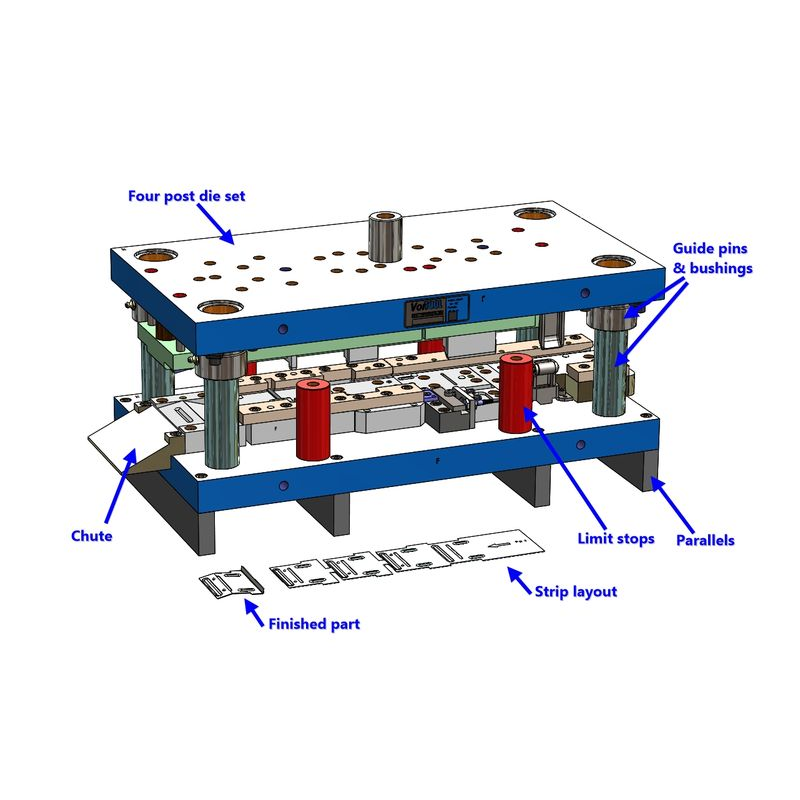
Key Benefits of Progressive Die Stamping:
- High Efficiency: Progressive die stamping is highly automated, making it ideal for large-volume production with consistent precision. The system’s ability to produce parts quickly while maintaining tight tolerances ensures high efficiency in large-scale runs.
- Reduced Setup Time: Compared to multi-slide stamping, progressive die stamping typically requires less setup time. This leads to more flexibility in production scheduling and reduced labor costs.
- Precision: The operation of each station in the die press is highly controlled, ensuring that each component is manufactured to tight tolerances. This is crucial for industries requiring high-precision parts.
- Flexible Tooling: Progressive die tooling is relatively simple to modify, allowing tools to be moved between presses with minimal adjustments, provided the presses share the same tonnage and bed size.
Challenges of Progressive Die Stamping:
- High Initial Setup Costs: The initial investment in progressive die stamping can be substantial, particularly due to the cost of custom die sets. This process is best suited for high-volume production where the investment can be justified.
- Limited Design Flexibility: While ideal for producing simple to moderately complex parts, progressive die stamping may not be the best choice for highly intricate or detailed designs.
- Material Waste: Progressive die stamping tends to produce more waste material, particularly with expensive metals such as copper or brass, since the parts need to remain attached to the strip throughout the process.
- Complex Setup: The setup process for progressive die stamping can be time-consuming and requires careful configuration. This makes switching between different designs or projects more challenging, leading to longer lead times.
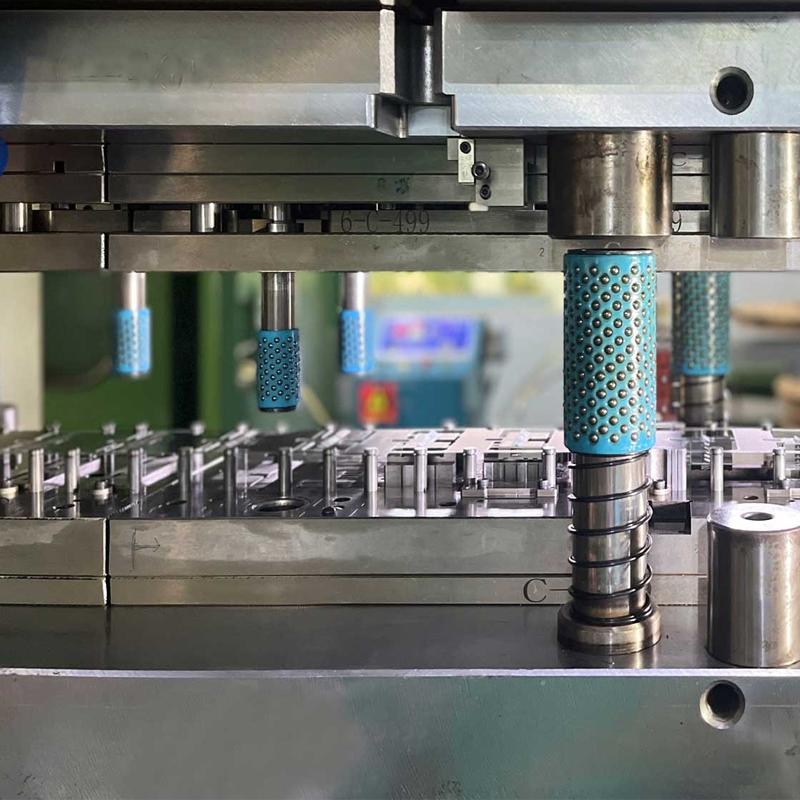
What is Multi-Slide Stamping?
Multi-slide stamping, also known as four-slide stamping, is a versatile method that uses horizontal slides to form complex shapes and bends. Unlike progressive die stamping, which relies on vertical motion, multi-slide stamping employs a series of dies mounted on horizontal slides, which move in multiple directions. This motion enables the creation of more intricate part designs, particularly those that require multi-angle bends or complex geometries.
In multi-slide stamping, a coil of metal—typically wire or slit coil—enters the machine and is manipulated through a series of cams and dies. The metal is progressively shaped into its final form as it moves through multiple operations. This method is ideal for parts with complex features that require precise bending or multi-dimensional geometries.

Key Benefits of Multi-Slide Stamping:
- Complex Shapes and Bends: Multi-slide stamping excels in producing parts with intricate geometries, such as multi-angle bends, cuts, or punches. It is particularly useful for producing complex components that would be difficult to achieve with progressive die stamping.
- High Precision: Multi-slide stamping is known for its exceptional precision. The ability to hold tight tolerances and maintain repeatability makes it a go-to choice for applications requiring consistent, high-quality parts.
- Reduced Material Waste: Multi-slide stamping generates less scrap material compared to progressive die stamping, thanks to the absence of pilot holes and the use of slotted blank holders, which allow parts to move through the process without remaining attached to the strip.
- Faster Setup and Adjustments: Multi-slide machines are capable of making quick adjustments to tooling without removing the dies, which reduces downtime and allows for faster production. Additionally, these machines can be reconfigured to produce different parts with minimal changes to the setup.
- Material Flexibility: This process is versatile enough to handle a variety of materials, including thin, flexible metals, making it a suitable choice for a broader range of applications.
Challenges of Multi-Slide Stamping:
- Longer Setup Times: While multi-slide stamping offers flexibility, the setup process can be more time-consuming compared to progressive die stamping. The complexity of the dies and machine configuration requires careful attention to detail.
- Material Limitations: Multi-slide stamping is generally better suited for thinner, more flexible materials. For thicker materials or certain metals, progressive die stamping may be a more effective solution.
- Specialized Equipment: Multi-slide stamping requires specific machinery designed for horizontal slide motion, which can increase equipment complexity and lead to higher initial costs.
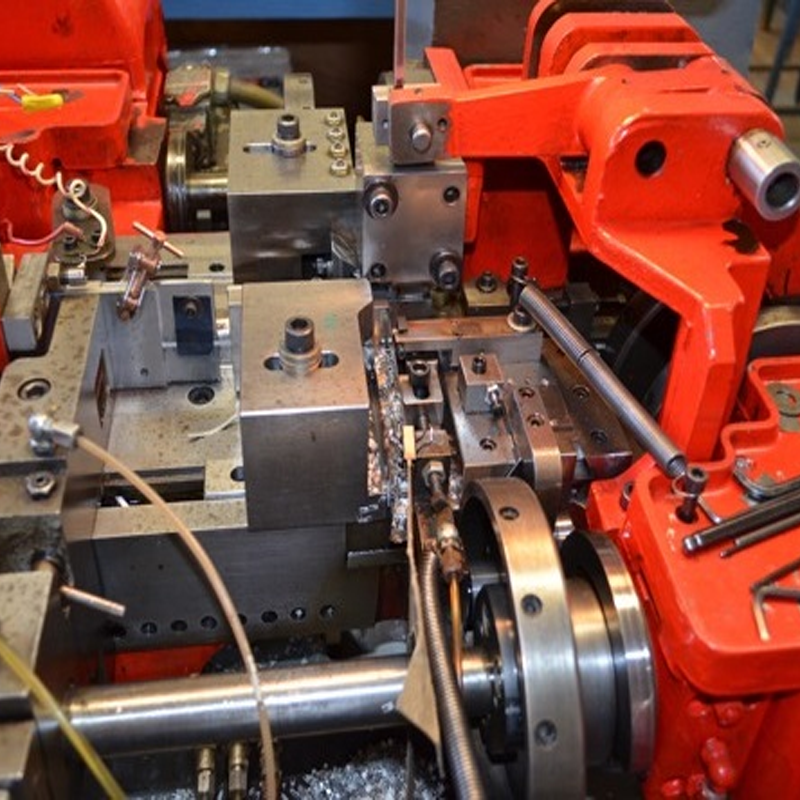
Choosing the Right Stamping Process
When selecting between progressive die stamping and multi-slide stamping, it’s essential to consider the unique requirements of your project. Progressive die stamping is ideal for high-volume runs of simple to moderately complex parts, offering excellent efficiency and repeatability. However, it may not be the best option for intricate designs or when flexibility is needed.
Multi-slide stamping, on the other hand, is perfect for parts that require complex geometries or multi-angle bends. It also offers reduced material waste and quicker setup times, but it may not be as cost-effective for high-volume runs involving thicker materials.
Conclusion
Both progressive die stamping and multi-slide stamping offer distinct advantages and are integral to modern manufacturing. By understanding the specific strengths and limitations of each process, manufacturers can choose the best option based on part complexity, production volume, material type, and cost considerations.
At Plantmetal, we specialize in providing expert solutions for custom metal stamping. Whether you’re working with slit coil, wire stock, or specialized metals, our experienced team can help you select the right stamping method to optimize your production process for maximum efficiency and cost-effectiveness.
Need help choosing the right stamping method for your project? Contact us today at Plantmetal, and let our team guide you to the perfect solution for your manufacturing needs. We’re here to help you streamline your production process and ensure the highest-quality results every time.
